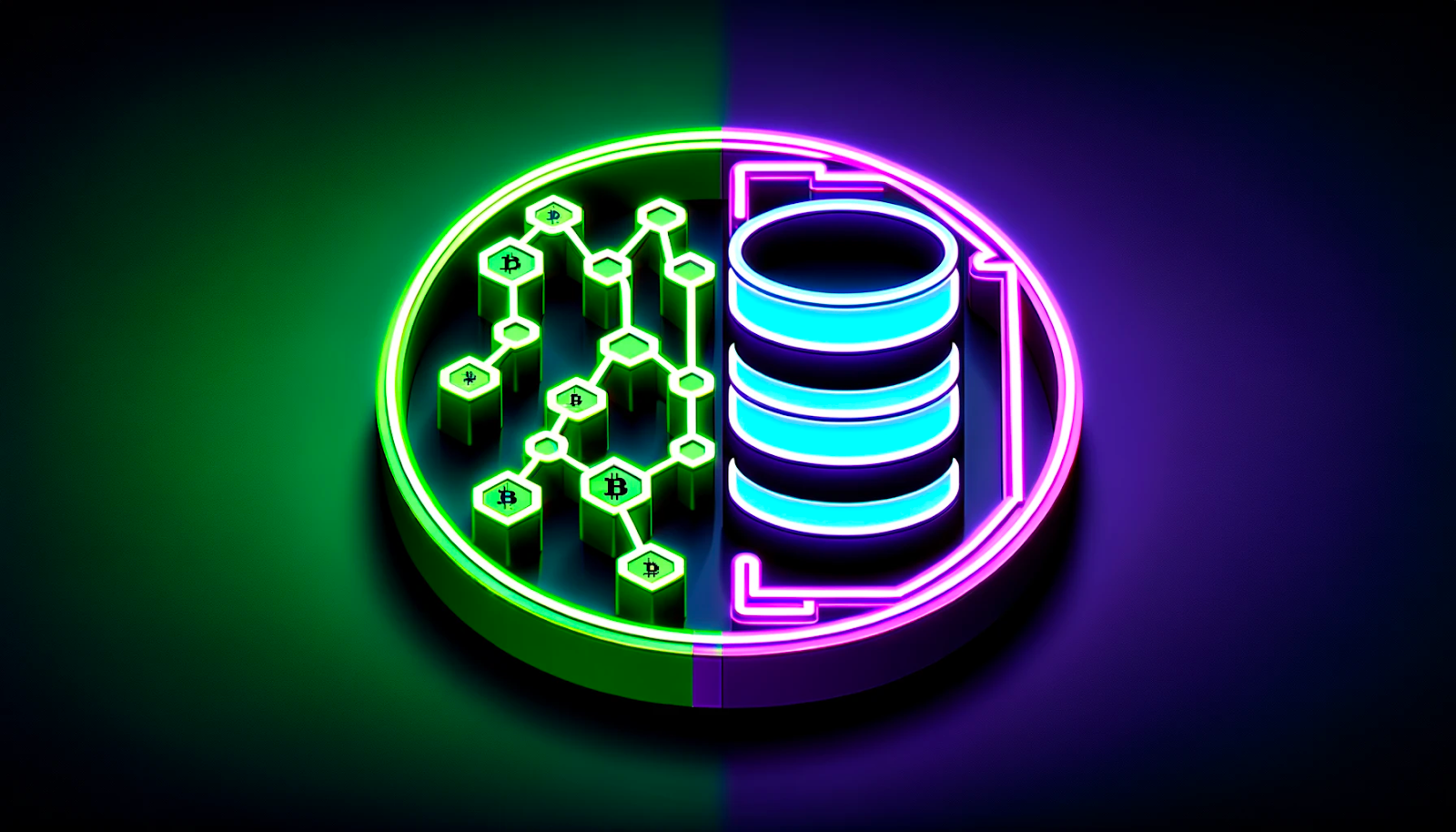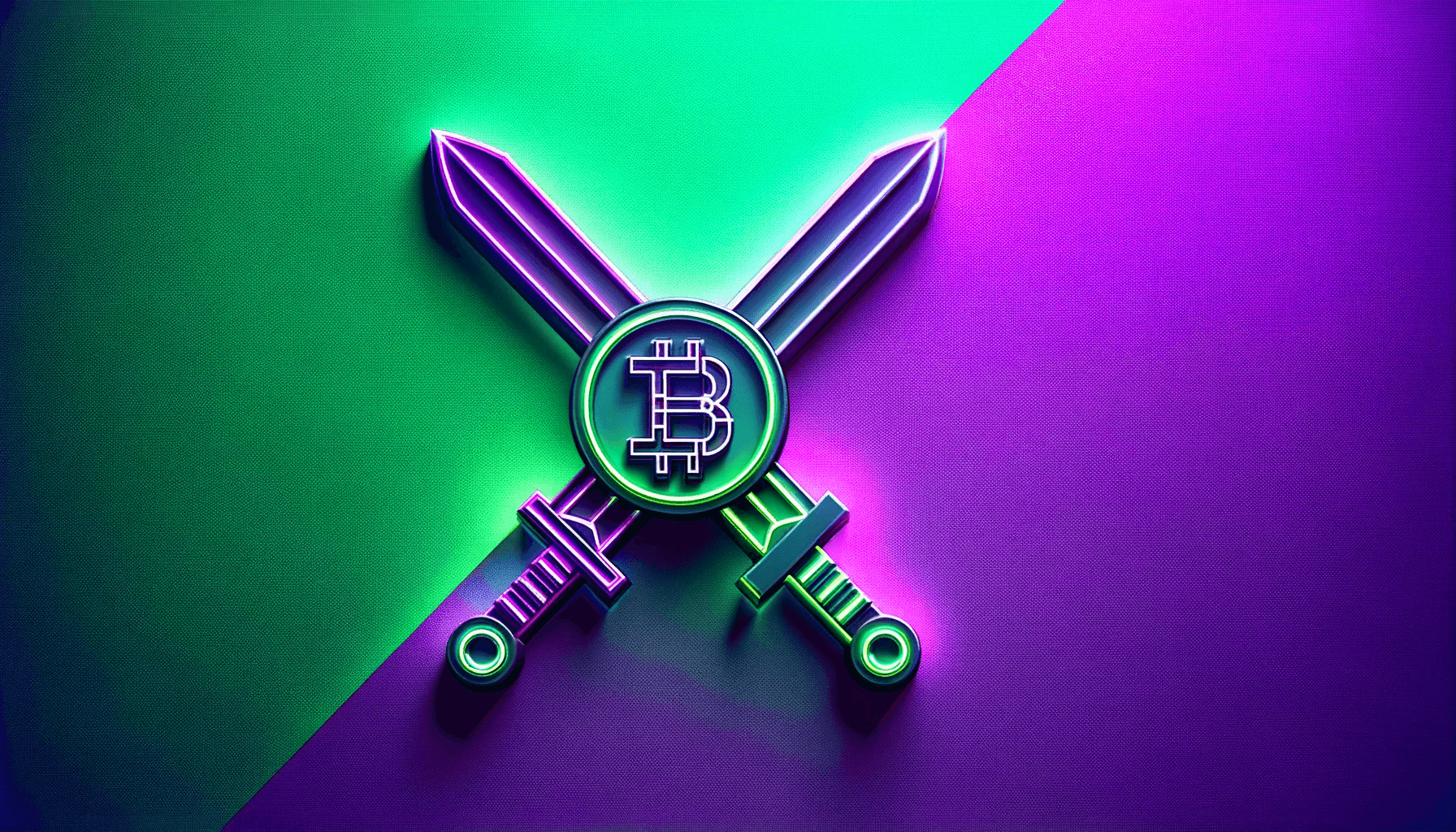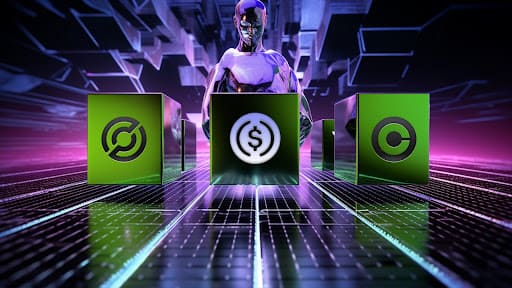
The rise of blockchain technology has introduced a novel approach to data storage and management, distinctly different from traditional database models.
How is a blockchain different from traditional database models? This guide looks into the differences in terms of architecture, functionality, transparency, security, scalability, and diverse applications.
Fundamentals of Blockchain and Traditional Databases
Blockchain
A blockchain represents a shift in how data and transactions are recorded, leveraging the principles of decentralisation, immutability, and cryptographic security.
These features distinctly set it apart from traditional database systems.
Unlike traditional databases managed by a central authority, a blockchain is decentralised and distributed across a network of nodes (computers).
Each node in the network holds a copy of the entire ledger, ensuring that no single entity has control over the entire database.
This decentralisation enhances the security and resilience of the data.
Blockchain is a form of Distributed Ledger Technology (DLT) where transactions are recorded with an immutable cryptographic signature called a hash.
Transactions are verified and secured using cryptographic algorithms, ensuring that they are tamper-proof and authentic.
The distributed nature means that every transaction is recorded simultaneously across numerous locations, significantly reducing the risk of data tampering or loss.
The immutability is crucial for maintaining it’s integrity and trustworthiness of the data recorded on the blockchain.
Using cryptography also ensures the anonymity and privacy of the users to a certain extent, depending on the blockchain's design, such as privacy coins.
Traditional Database Models
Traditional databases operate on a centralised model, which has implications for control, security, and efficiency.
In a traditional database system, data is centrally stored and managed by a single entity or organisation.
This central authority is responsible for the maintenance, management, and security of the database.
Centralisation can pose significant risks, particularly in terms of security breaches and data manipulation.
If the central point of control is compromised, the entire database can be vulnerable to unauthorised access, data theft, or manipulation.
Since all data is stored in a central location, it becomes a more attractive target for hackers and malicious actors.
Common examples of traditional databases include SQL (Structured Query Language) databases like MySQL and Oracle.
These systems are known for their structured approach to data management, they are designed to handle large volumes of transactions efficiently.
Traditional databases are optimised for efficiency in handling complex queries, transaction processing, and data management, capable of executing multiple operations simultaneously with high speed and reliability.
Their structured nature, coupled with powerful querying capabilities, makes them suitable for a wide range of applications, such as banking systems.
The centralised nature of traditional database models may not be suitable for use cases where decentralisation, immutability, and distributed control are important.
Likewise, blockchain technology, with its emphasis on decentralisation, is more suited for applications requiring transparent and tamper-proof record-keeping.
So, How Is A Blockchain Different From Traditional Database Models?
Decentralised vs. Centralised Models
Blockchain technology and traditional databases represent two fundamentally different approaches to data storage and management, particularly in terms of their structures and implications for security and data integrity.
Decentralised
Blockchain technology is built on the principle of decentralisation. Rather than storing data in a single location, a blockchain distributes the data across a network of nodes.
Each node in the blockchain network holds a copy of the entire ledger, ensuring that the data is replicated and synchronised across multiple points.
The distributed nature of blockchain minimises the risk of data loss or tampering.
Since there is no single point where data is stored, it becomes much more difficult for hackers to compromise the integrity of the entire network.
Centralised
Traditional databases are centralised systems where data is stored and managed on a central server or a cluster of servers controlled by a single entity. The centralised architecture creates potential single points of failure.
If the central server is compromised due to a cyber-attack, technical failure, or other issues, it can lead to data loss, corruption, or unauthorised access.
Centralised databases, while efficient in handling large volumes of data and complex transactions, are more vulnerable to attacks and data breaches.
The central point of control and storage makes them attractive targets for malicious activities and the risk of data manipulation or misuse is higher in centralised systems, as the controlling entity has complete access to and control over the data
Data Storage and Access
How is a blockchain different from traditional database models? The fundamental difference between data lies in the structure and modifiability of the data.
Blockchain
In a blockchain, data is stored in a series of blocks, each containing a collection of transactions or records.
These blocks are linked chronologically to form a chain.
Each block contains a cryptographic hash of the previous block, creating a secure and unbreakable chain of data.
Once a block is added to the blockchain, altering the data within it becomes extremely difficult.
To change any information, you would need to alter not just the block in question but also all subsequent blocks, which is computationally impractical and virtually impossible on a well-distributed network.
This immutability makes blockchain ideal for applications where the integrity and permanent record of data are crucial.
All transactions recorded on a public blockchain are visible to anyone, using blockchain explorers, allowing for easy verification and auditing of the data.
Traditional Databases
Traditional databases store data in a table format, organised into rows and columns, allowing for efficient storage, retrieval, and modification of data.
This flexibility is essential in many applications where data needs to be current and can change frequently.
However, this ease of modification means that traditional databases do not offer the same level of data integrity and immutability as blockchains.
Traditional databases typically have restricted access controls, where data visibility is limited to authorised users. This control mechanism is important for privacy and security, especially in corporate or institutional settings.
While this restricted access provides control over who can see or modify the data, it limits the overall transparency compared to public blockchain systems.
Consensus Mechanisms: Blockchain’s Unique Approach
Blockchain technology and traditional databases employ different methods for validating and managing transactions and data, reflecting their distinct approaches to control and trust.
Blockchain Consensus Mechanisms
Blockchain uses consensus mechanisms like Proof of Work (PoW) and Proof of Stake (PoS) to validate and record transactions.
These mechanisms are essential for maintaining the integrity and trustworthiness of the blockchain in a decentralised environment.
Consensus mechanisms ensure that all participants in the network agree on the validity of transactions, thereby maintaining trust in a system where there is no central authority.
Centralised Control in Traditional Databases
Traditional databases operate under centralised control, typically managed by database administrators or a controlling entity like an organisation or institution.
Trust is placed in the central authority responsible for managing the database. The authority ensures the accuracy, security, and integrity of the data.
Scalability, Performance And Security
Blockchain technology and traditional databases offer different strengths and weaknesses, particularly in terms of transaction speed, scalability, and security.
Transaction Speed
Traditional databases typically outperform blockchains in transaction speed due to their optimised, centralised data management systems.
Traditional databases are better suited for handling large volumes of data quickly and efficiently.
Blockchains often face challenges in transaction speed. Every transaction needs to be validated across multiple nodes, which can be time-consuming.
Scalability
Traditional databases are more adaptable in scaling to manage large data sets, maintaining high performance as the database grows.
Blockchain networks can become slower as they grow larger. The distributed ledger requires that all transactions be recorded on every node, leading to potential bottlenecks as the volume of data increases.
Security
Blockchain’s decentralised and encrypted nature provides strong security against hacking and unauthorised access. The distributed ledger and cryptographic security measures make blockchain networks robust against external attacks.
Data is immutable and cannot be altered, which enhances security and data integrity. However, this makes rectifying incorrect or fraudulent entries complex, often requiring network consensus or a hard fork.
Traditional databases, with centralised points of control, are more susceptible to security breaches. A single point of failure can lead to significant vulnerabilities.
With traditional database systems data corruption or loss can often be rectified more easily due to central control, the use of backup systems and administrative tools allows for data recovery and correction.
The Evolution of Blockchain and Traditional Database Integration
The most prominent use case of blockchain is cryptocurrency, like Bitcoin.
Its secure, decentralised, and immutable nature is ideal for financial transactions and supply chain management.
Traditional databases, while efficient in data management, lack the inherent trust mechanism of blockchain.
Future technological advancements may see blockchain and traditional databases being used in tandem, combining blockchain’s security and transparency with the efficiency of traditional databases.
Emerging solutions like sharding, sidechains, and layer-2 solutions are addressing blockchain's scalability and speed challenges, potentially making it more adaptable to a variety of applications traditionally reserved for conventional databases.
How is a Blockchain Different From Traditional Database Models - Final Thoughts
Answering ‘how is a blockchain different from traditional database models?’ is important, they both present distinct approaches to data management.
Blockchain offers enhanced security, decentralisation, and immutability.
Traditional databases excel in scalability and efficiency.
Understanding these differences is crucial for businesses and individuals to choose the appropriate technology for their specific needs.
As blockchain technology continues to evolve, it may find wider applications beyond its current use cases, potentially transforming traditional database models.
FAQ
Can blockchain technology be seen as a replacement for traditional databases
Blockchain technology is not a direct replacement for traditional databases. Instead, it offers a different approach suited for specific needs where decentralisation, security, and immutability are priorities.
How does blockchain’s decentralisation benefit data security?
Decentralisation in blockchain distributes data across multiple nodes, making it incredibly difficult for hackers to compromise the data integrity, as opposed to traditional databases which can have vulnerabilities due to their centralised nature.
When is a traditional database more suitable than a blockchain?
For applications requiring high-speed transactions and data processing, or where centralised control and data modification are necessary, traditional databases may be more suitable.
Want More Cutting-Edge Crypto News?
Follow Us: X TikTok Instagram Telegram LinkedIn
Sign up to our newsletter at the bottom of the page
Check Out Our Top 10 Crypto Currencies of 2023
This article is intended for educational purposes and is not financial advice.
















